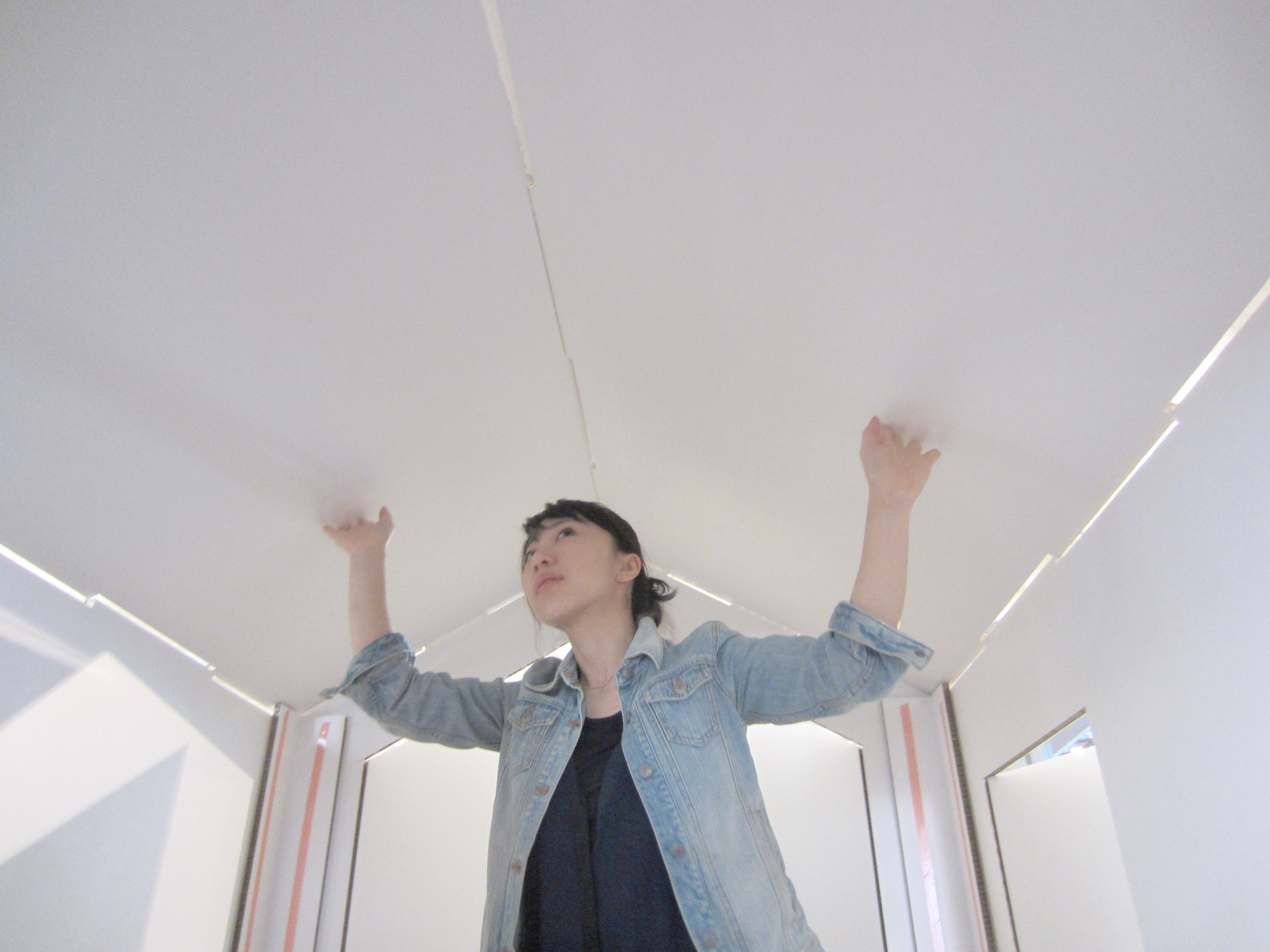
In the immediate aftermath of an earthquake, the need to provide shelter and privacy for those affected is outranked only by the need for food and water. As such, a lot of effort is now put into planning for disaster: how will shelters be distributed? How can they be built cheaply, in large numbers? The answers to these questions have usually led to a standardized design, distributed to any part of the world in the days after an earthquake strikes.
But is this the best way to deal with these natural disasters? Architecture Global Aid, a group based in Spain and Japan, thinks not. They're developing a series of lightweight, fold-able shelters which are actually distributed to earthquake-prone areas in preparation for future earthquakes, rather than in response to one. And unusually, these "Origami Houses" have different designs to suit conditions in different countries.
Read on to find out more about these Origami Houses

Origami Houses, Japan
In Japan, the location of the fault line which causes earthquakes means that a quake is usually accompanied by a tsunami. As evidenced by the 2011 quake and tsunami, it is often the wave that does more damage than the quake, providing the inspiration for Architecture Global Aid's design.

Consisting of a folded wooden shelter, packaged into a flat wooden box, the key feature of the Japanese shelters is that they float. The tsunami itself would distribute the shelters around the affected area, and once the waters had subsided, the brightly-colored boxes would be easy to spot among the other debris.
While their function as shelter is critical in a disaster, these boxes have another, more everyday use. Rather than simply sitting in storage, they are designed to be tables capable of seating up to 10 schoolchildren, giving them a more continuous purpose but also ensuring that when the time comes, they are hopefully scattered near the school at the heart of the community.

Currently there are 7 of these prototype shelters, shared between Omori high school in Tokyo and the Community Center in Miyagi. However, Andrea Gonzalez of Architecture Global Aid sees an opportunity for greater intervention, saying "ideally, we would have built more than 100,000 refuges".
Origami Paper Houses, Spain

In the Spanish town of Lorca, which suffered its own destructive earthquake in 2011, there is no risk of tsunami, so the conditions for the design of the shelters are entirely different.

Taking advantage of this, Architecture Global Aid developed a design which was cheaper and more lightweight than those designed for Japan, using 20mm-thick paperboard in place of wood. Still sturdy enough for a reliable shelter, these folded packages can now easily be carried by one person. As an added bonus, these shelters allow some light through the edges of the structure to brighten the interior of the shelter.

The 5 prototype paper structures are will go on display at the Colegio Oficial de Arquitectos de Jaén on April 20th, after which they will be donated to Lorca.


